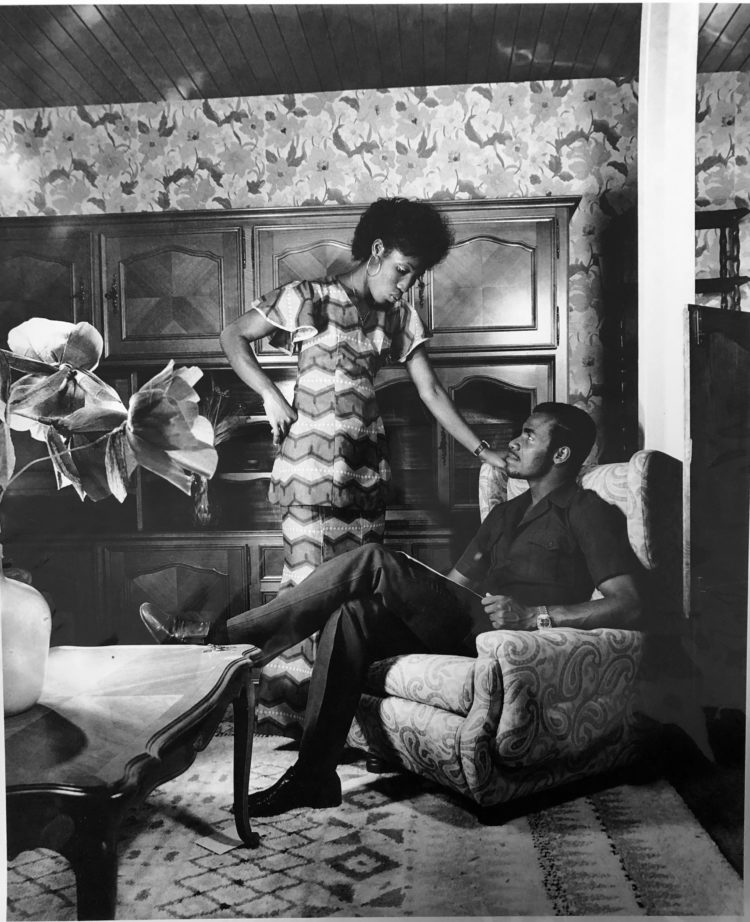The New York edition of the 1-54 contemporary African art fair opens on May 3rd, for its fifth season, at Industria in Manhattan’s Meatpacking district. One of the most exciting exhibitions being shown is the work of the 79 year-old Ivorian photographer Paul Kodjo. The works are from the collection of American collector Isabel S. Wilcox, who curated the exhibition with Lydie Diakhate. Kodjo’s black and white photographs, which capture the youthful exuberance of post-independence Côte d’Ivoire in both studio and street settings, are being shown in the US for the first time.
In April 2018, the Musée du Quai Branly in Paris celebrated Kodjo, when 34 of his photographs were purchased for their permanent collection. Much of the credit for this work now being presented in major museums needs to be given to another Ivorian photographer, Ananias Léki Dago, who has been working with Kodjo on repairing more than 30,000 negatives. Most of Kodjo’s negatives had been damaged a few years after Kodjo returned to Côte d’Ivoire in the early 1970s in order to focus on his photography, after working in France as a correspondent for the Ivorian daily Fraternité-Matin. Dago had promoted Kodjo’s work at the 2002 edition of Dago’s photo festival, Les Rencontres du Sud, which he had created in Abidjan as a way to promote local photography. Since then, the two photographers have been united by an interesting form of fraternal, near filial bond, which is reminiscent of some of the images shown in the photo novels (“romans photo”) that Kodjo used to publish in the Ivorian periodical Ivoire Dimanche.
On Saturday May 4th, 2019, from 6:30 to 7:30 pm, TRUE Africa editor-in-chief Claude Grunitzky is leading a panel discussion on “The cinematic eye of West African photographer Paul Kodjo: The Ivorian Miracle in the 1970s” with Dago and Antawan Byrd, an art historian who was an associate curator for the 10th Bamako Encounters, Biennale of African Photography, in 2015.
Excerpt from photo-novel, Perdue et retrouvée (Couple in panel living room) Abidjan, 1973

